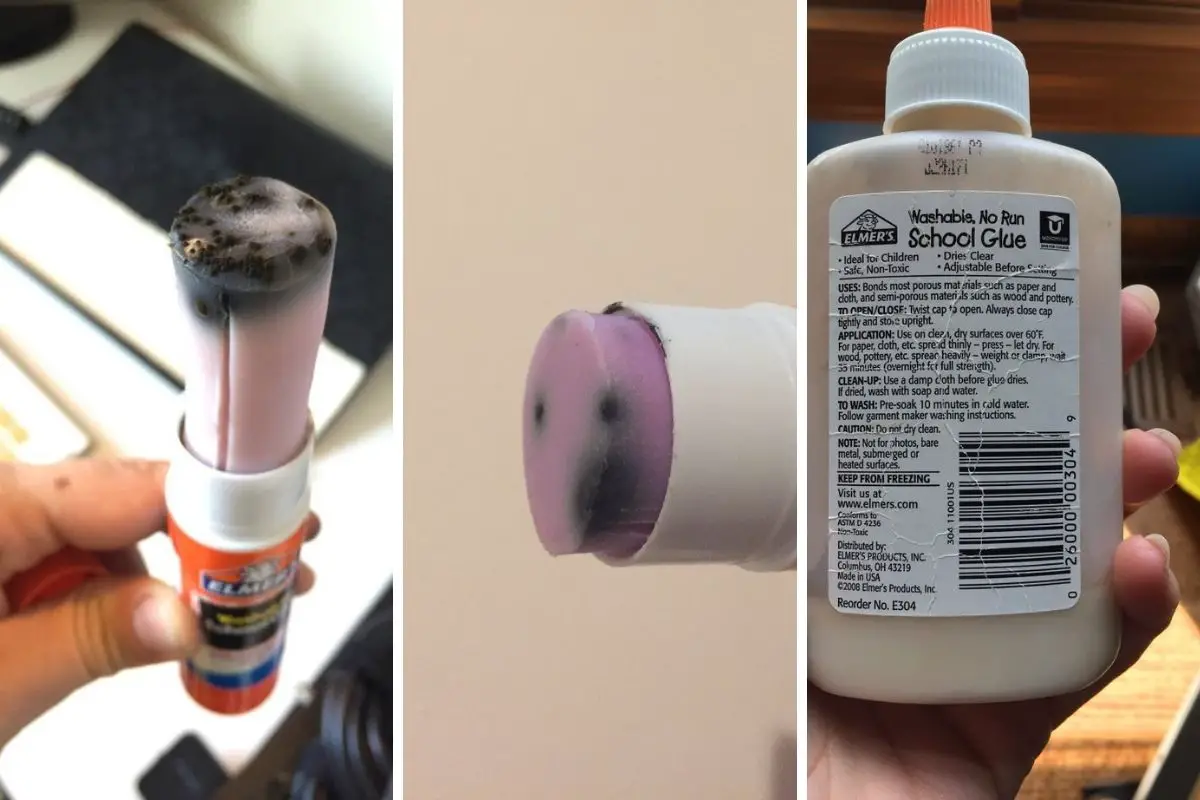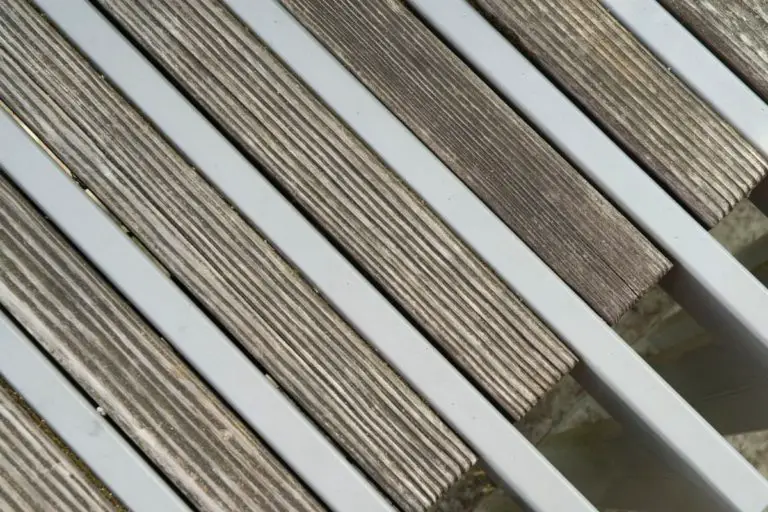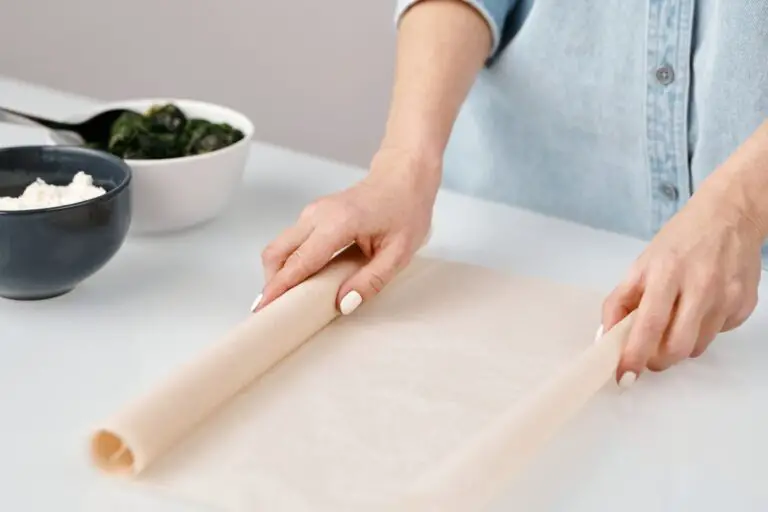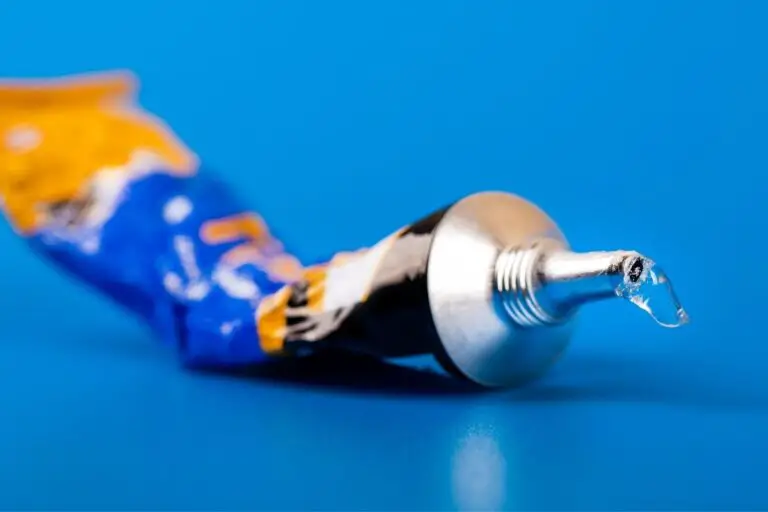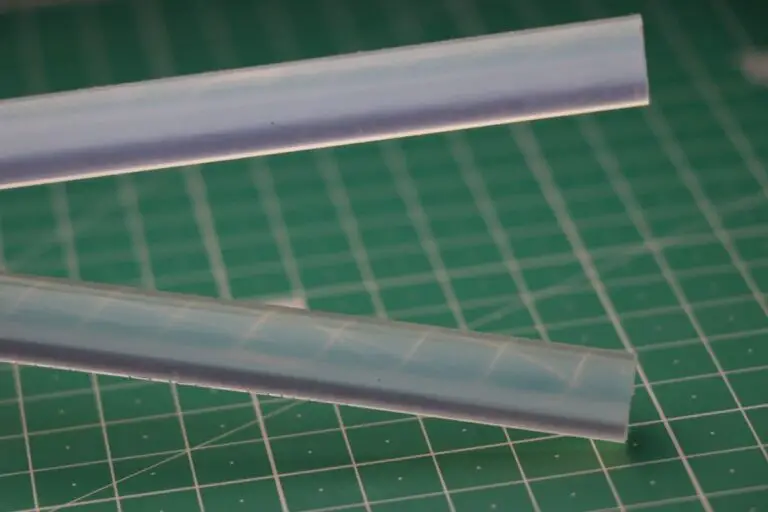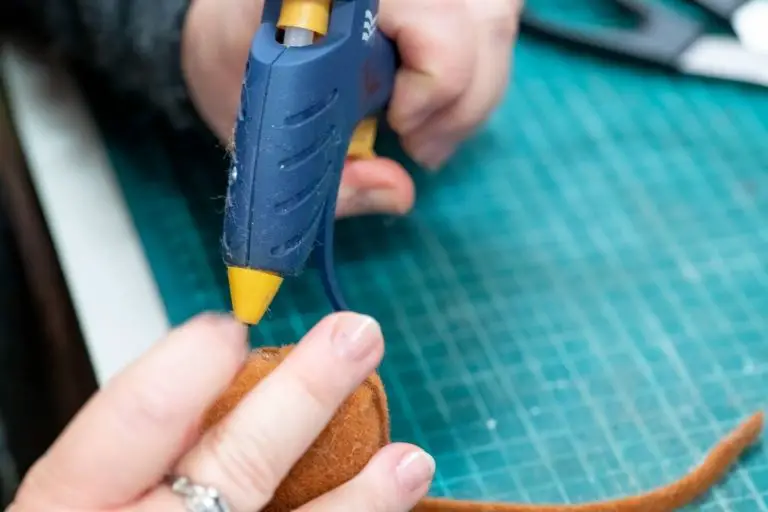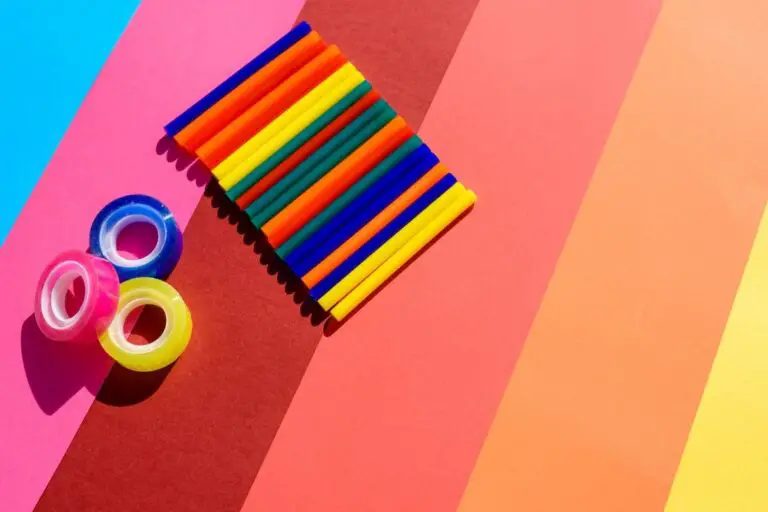Can Glue Get Moldy? How to Remove & Prevent Mold on Glue
Mold plays a part in outdoor nature by breaking down dead organic matter such as fallen leaves and dead trees. However, indoor mold growth can be quite harmful.
While mold requires certain conditions and the presence of organic material it can digest to grow, it can also grow on some synthetic materials like textiles, paints, and some adhesives.
So, can glue get moldy? Glue can get moldy because mold grows in the presence of organic materials that it can digest and use to spread. It also grows in the presence of moisture and oxygen. Animal-based glues contain the organic material that mold requires to grow while synthetic glue has a degree of moisture and oxygen.
Keep reading to learn more about how mold grows, why it can be harmful, and how to remove it from glue.
Contents
How Does Mold Grow?

Mold grows via the reproduction of small spores. These spores are very small in size, almost invisible, which makes it easy for them to spread through air and water. They can also spread by clinging on to clothing or fur.
There are various kinds of mold that grow both outdoors and indoors. Some kinds of molds are visible while others are much harder to detect. All kinds of mold, however, require certain conditions to grow.
The mold spores might survive in environments that don’t support normal mold growth, but they will only start to grow once they land in an environment that contains moisture, oxygen, a suitable temperature, and organic materials to feed on.
Let’s break down these conditions in more detail:
Moisture – All kinds require moisture to grow and spread. They thrive more in damp and humid conditions which is why mold growth indoors can mostly be prevented by keeping walls and carpets as dry as possible.
- Oxygen – Molds are obligate aerobes which means that they need oxygen to survive. Sometimes mold can grow in low concentration of oxygen which might make it difficult to prevent mold growth by limiting oxygen.
- Temperature – Most kinds of mold cannot grow if the temperature is below 40° F. which is why food is typically refrigerated at 39° F to prevent mold growth. Mold thrives the most when the temperature is between 77° F and 86° F, especially if the level of humidity in the air is high.
- Organic material – Mold grows on any material it can digest. This includes any organic or carbon-containing matter present in nature. However, mold can still grow in the absence of organic material given that all the other conditions it requires for growth are present.
Is Mold Harmful to Humans?
Molds can be harmful to humans as it can cause various health problems. It produces allergens, irritants, and in some cases, toxic substances.
If a human inhales mold spores or touches the mold, they might experience an allergic reaction with symptoms that similar to that of hay fever such as sneezing, runny nose, red eyes, and skin rash
What Can Mold Grow on Indoors?

As mentioned before, mold can grow on any organic material it can digest. This means that most food sources are vulnerable to mold growth as well as objects from made wood or paper products as they contain dead skin cells that act as organic food for mold grow.
While it will not grow on any inorganic material such as concrete, glass, or metal, it can grow on the dirt that accumulates on them as it will contain some organic residue.
Mold can also grow on some synthetic materials like textiles, paints, and adhesives despite the lack of organic material. That is because these materials are exposed to a degree of moisture and oxygen that’s sufficient for mold to grow.
Why Does Mold Grow on Glue?
Animal-based glue contains organic material that mold can digest. This kind of glue is mainly made from a component called collagen which is found in animal body parts including the skin, bones, hooves, and different kinds of connective tissues. You can learn exactly how animal glue is made here.
Synthetic glue, on the other hand, is not made from any organic material, but it can be exposed to a degree of moisture and oxygen that’s sufficient for mold to grow, especially if the glue is kept in a humid or high climate.
How to Prevent Glue from Molding?
The best way to prevent glue from molding is to store the glue in a dry location to minimize exposure to moisture. You also need to make sure that the container of the glue is tightly sealed to minimize exposure to oxygen.
However, keep in mind that exposure to moisture and oxygen is inevitable when working with glue and mold might still grow eventually. S, it’s to use up all the glue as fast as you can once you open a bottle.
How to Remove Mold from Dried Glue?
If mold grows on glue while it’s still in its container, it’s advised to discard the container and buy a new one. However, if mold grows on glue that’s dried on a surface, you can remove it using vinegar and baking soda.
Here’s what you need to do:
- Mix 1 cup of vinegar and 2-3 tablespoons of baking soda to create a paste.
- Apply the paste on the moldy glue. Make sure to apply a thick layer that covers the mold completely.
- Leave the paste on the moldy surface for about 5-10 minutes
- Use a brush with stiff bristles to scrub off the paste along with the mold from the surface.
- Finally, use a clean rag or sponge soaked in cold water to wipe off any remains of paste from the surface.
Related Questions
Does Bleach Kill Mold?
Bleach does not kill mold, in fact, bleach can actually help mold grow. That is because bleach contains chlorine and water. So, if you try to remove mold from an object using bleach, the chlorine will only kill the top layer of mold then it will evaporate leaving behind moisture that will allow the remaining mold to grow.
How to Soften Dried Glue?
To soften dried glue, you can apply a cloth that has been soaked in hot water with soap on the glue spot for about 10 minutes. If the hot water does not penetrate the glue, you can use olive oil, vinegar, acetone, or rubbing alcohol. Once the glue is soft enough, you will be able to wipe it off the surface easily.
Helpful Resources
If you like this article, share it!

